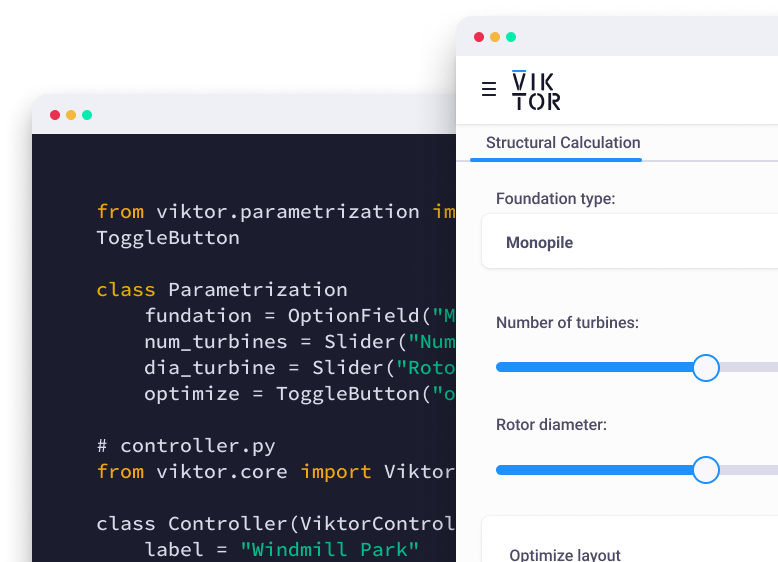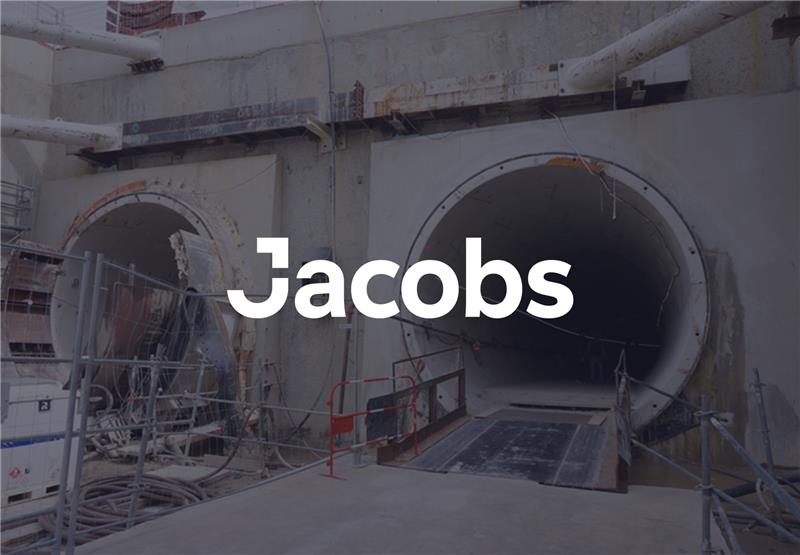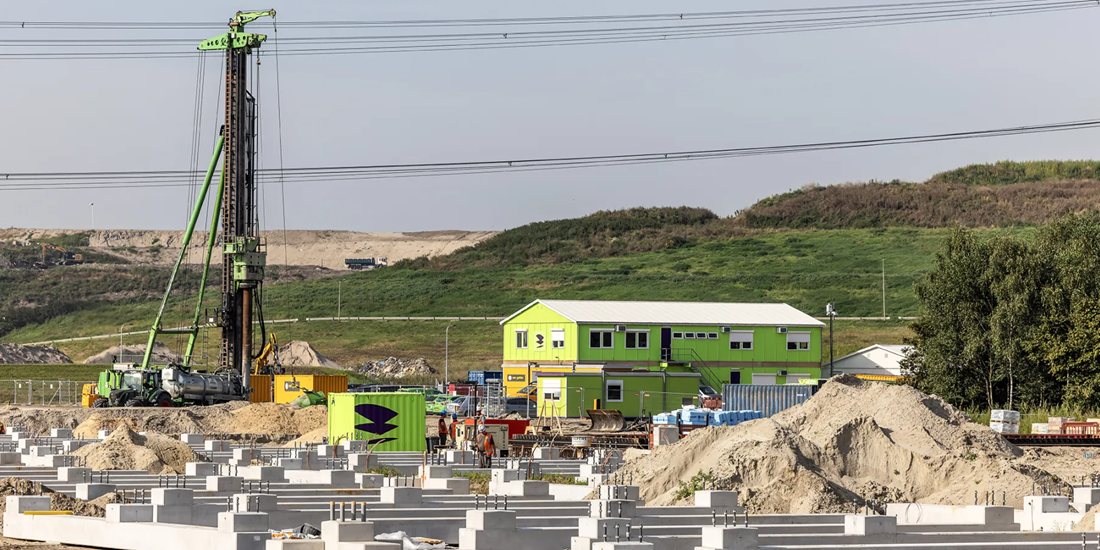
Loading...
Geotechnical Engineering Meets AI
While working on a major metro project in Sydney, Hao was tasked with predicting ground settlement caused by tunnelling. The traditional method required him to piece together data from consultants using multiple 2D and 3D models. Frustrated by inefficiencies, Hao turned his hobby of Python scripting into a solution.
The result? A time-series deep learning model trained on high-quality instrumentation data, deployed in a user-friendly web app on the VIKTOR platform. Engineers can access it from the browser, with no need for complicated setups or backend management. “I’m not a computer scientist,” Hao explains, “so I wanted the easiest way to make it accessible for others. VIKTOR just made sense.”
Predicting Tunnel-Induced Ground Movement with AI
Built around deep learning, Hao’s app takes in geometric, geotechnical, and machine operational parameters to predict ground behavior. Using sensor data from Tunnel Boring Machines (TBMs), like torque and penetration rate, alongside soil characteristics like water table depth and soil strength, the model delivers a fast settlement estimate, something traditionally calculated with complex simulations.
The model is based on high-quality data and cross-checked against real project outcomes. Hao is transparent about its limitations, though. “It can occasionally give surprising results if parameters fall outside the training range. But with good data and domain knowledge, it works remarkably well.”
AI without ‘Heaps of Data’
Talking about data, one of the most common concerns Hao hears from peers wanting to start with AI is the need for massive datasets. However, his experience says otherwise. “You don’t need millions of data points. You need good data,” Hao emphasises.
For his tunnel app, data came from credible geotechnical monitoring during real construction. He encourages engineers to look into peer-reviewed papers or company archives to find reliable data.
How Can Engineers Get Started with AI?
For engineers interested in AI, Hao has some practical advice:
- Start small: “Don’t aim for fancy models right away. Begin with simple regression or classification tasks. Even those can solve real problems.”
- Use what’s already available: Platforms like Coursera, ChatGPT, and open-source tools can drastically lower the barrier to entry. Use them to get started with or improve your Python skills.
- Focus on quality, not quantity: Seek out high-quality, domain-relevant data, often hidden in literature or internal project documentation.
- Maintain your engineering mindset: “Garbage in, garbage out” still applies. Understanding physics and checking your results remains key to creating something successful.
The Role of Engineers in the AI Era
Hao doesn’t see AI as replacing engineers. Instead, it’s a powerful assistant.
“AI can write code, spot mistakes, and find patterns. But it can’t replace your engineering judgment.”

Hao Shen
Geotechnical Engineer & Researcher
He sees the role of future engineers evolving into “AI supervisors,” combining domain expertise with critical thinking to validate and steer AI’s output. He also believes that misconceptions (like AI being an opaque black box) are fading. “There are now physics-informed AI models that integrate scientific laws. The field is evolving fast.”
What’s next?
Hao is also developing a second application, this time focused on tailings dam design, another critical geotechnical domain. Though still internal, this app aims to bring similar AI-driven benefits to another traditionally cautious sector. “Failures in tailings dams have had tragic consequences. If we can reduce errors and improve predictions, that’s a big step forward.”
Hao’s tunnel settlement app is already publicly available on the VIKTOR platform. Engineers are encouraged to test it using their own data or just explore the interface to understand what’s possible. Hao’s goal? Inspire more engineers to follow his lead and turn AI into something practical, tangible, and transformative!
If you also want to explore automating your workflows (with or without AI), create a VIKTOR account and start building custom automation tools tailored to your engineering challenges!



